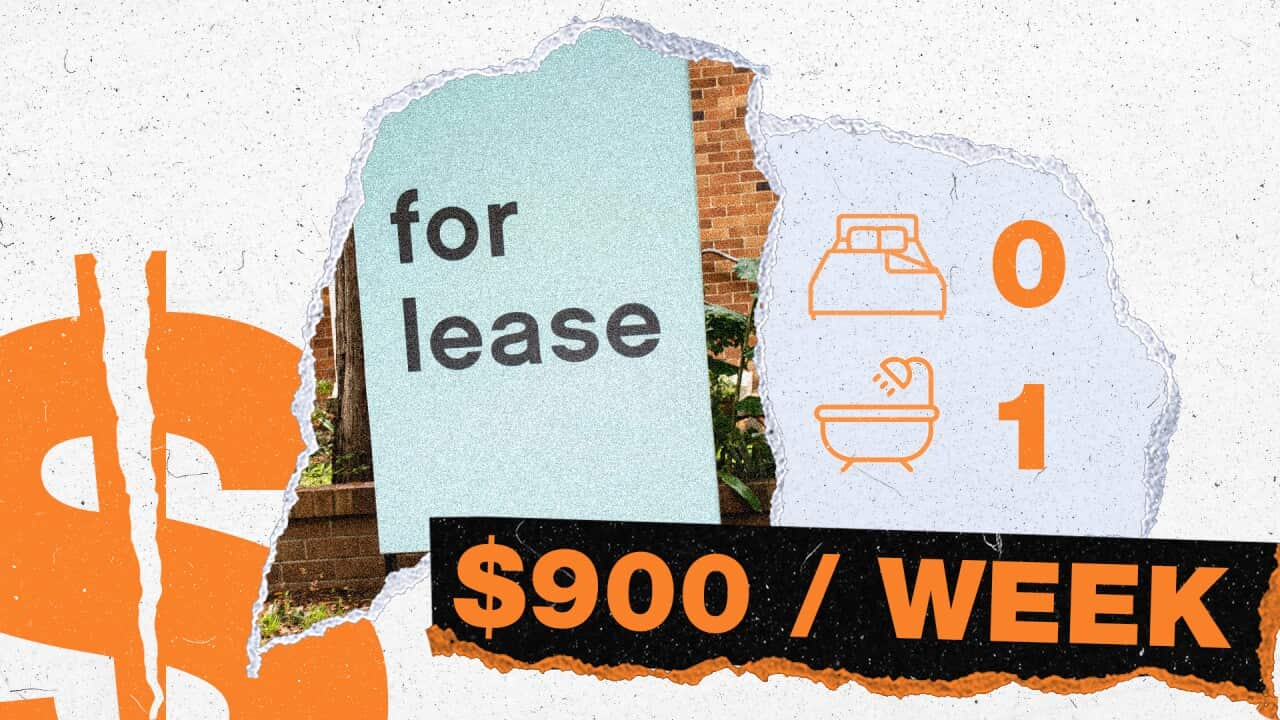Key Points
- Rents are on the rise in Australia, and the idea of a cap on increases is back in the spotlight.
- Policies that restrict how much rent can be increased exist in some parts of the world.
- Some want to see a toughened-up version of the ACT's law adopted across Australia.
Rents across the nation are soaring and the idea of a cap on prices is back in the spotlight.
Last week, Queensland Premier Annastacia Palaszczuk said families were regularly facing "huge" increases in rent and that her government was "looking very seriously at how a rental cap can be put in place".
Tenant advocates were keen to see a cap on the amount by which rents can be increased, but their hopes were ultimately dashed.
The state government ruled out a cap on price increases and instead said it was looking at limiting rent increases to once every 12 months rather than six, after Ms Palaszczuk's initial comments drew the ire of the real estate sector and the state's Opposition.
How the proposed rule would apply has not yet been revealed but restricting rent increases to once every 12 months would bring Queensland broadly into line with other jurisdictions including Victoria, NSW, South Australia, Tasmania, and the ACT.
Tenant advocates and some housing experts want a cap on rent increases introduced and say it's not a radical proposal.
They say there's a model that exists in one part of the country and should be considered in others — albeit with reforms.
What's a price cap on rent increases?
This exists in other parts of the world, including in Germany which has a so-called "rent price brake" — a policy that was introduced in 2015 and extended in 2020 for another five years. For rental properties in areas with tight housing markets, it limits rent increases to a maximum of 10 per cent of a local comparative rate.
In the Canadian province of Nova Scotia, a temporary rent cap policy is currently in place meaning landlords cannot increase rent by more than 2 per cent annually.
And in Australia, the ACT law considers a rent increase to be excessive if it's beyond the "prescribed amount" — defined as 10 per cent more than the rents component of the Consumer Price Index (CPI) for Canberra. If a landlord wants to apply an increase that exceeds this cap, the tenant must agree or the ACT Civil and Administrative Tribunal must approve it.
The case for the ACT model
Leo Patterson Ross is the chief executive officer of the Tenants' Union of NSW.
Mr Patterson Ross describes the ACT's policy as a "softer version" of rent control, but it's one he believes has promise and should be adopted widely if changes were made.
The ACT's law only applies to rent increases in periodic tenancies. That means tenants who want to renew their lease when a fixed-term agreement ends could face steeper hikes. If the property went back on the market, the landlord could also set a new weekly rental price beyond the prescribed amount.
"The model should apply not only during tenancies, but also when a new tenant takes on a lease at an existing rental property," Mr Patterson Ross said.
"The idea is that unless there's a good reason to change [the rent], like if the kitchen has been renovated, then the rent shouldn't be going up that much more than inflation," he said.
For the model to be effective, must also be banned otherwise tenants may not feel empowered to challenge excessive increases, Mr Patterson Ross said.
"The effectiveness [of the ACT's law] is actually undermined because the ACT maintains no grounds eviction," he said. "Because you can be evicted, people aren't really exercising their rights."
Michael Fotheringham, managing director at the Australian Housing and Urban Research Insitute (AHURI), also supports this approach.
"I do agree that a dollar value approach is probably not sensible," Dr Fotheringham said. "But a flexible one that attaches it [rent price increases] to costs is a sensible one."
Would a price cap drive investors from the market?
Antonia Mercorella, CEO of the Real Estate Institute of Queensland, last week described Ms Palaszczuk's comments as "startling" and that a rent price cap was something that "innately discourages further supply".
Victoria's peak real estate body made similar comments in 2017 when the state government announced tenancy reforms that would make it easier for tenants to own pets and make minor property modifications. The Real Estate Institute of Victoria said the changes would "decimate the private rental market" by .
"Allowing pets... I don't think that would really encourage you to sell your investment property. But I think when they do things that can hurt the bottom line of the investment (such as rent price caps), that does potentially encourage people to sell that investment property," PropTrack's director of economic research, Cameron Kusher, said.
Mr Kusher supports a market-driven approach to keeping rent prices in-check, such as boosting housing supply.
"But that's not going to help things right now because if you start planning for supply now it can take up to five years to reach the market," he said.
"There are things that could be done in the short term, like if the banking regulator were to level the playing field and make it so those with investor loans could not be charged more than owner-occupiers," he said.
Dr Fotheringham said whenever rental reforms are announced, real estate groups will often warn that they will drive investors from the market.
An AHURI report published in 2022 noted a survey it had conducted on investors found 623 had sold their investment property. Of those, 14 per cent said difficulty or dissatisfaction with tenancy laws was "very important" compared to any other factor. Some 47 per cent said these issues were not important in their decision to disinvest.
"We studied this; they (investors) don't leave the market as a result (of tenancy reforms)," Dr Fotheringham said. "And even if they did in reasonably large numbers, it would mean other investors who are less troubled by tenant protections could buy the property, or first-home buyers could buy the property, and they're both not terrible things."
Domain's December quarter rental report — it's most recent — noted combined capital city house rents were up 14.6 per cent year-on-year, while the combined regional figure had increased about 11 per cent.
Asking rents for units across the combined capitals had gone up 17.6 per cent and almost 8 per cent in the regions.













